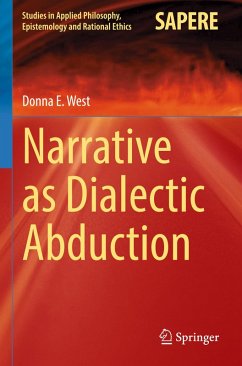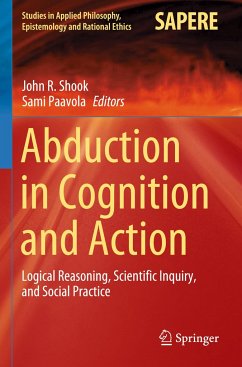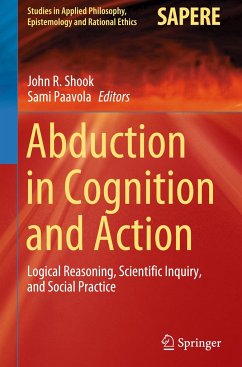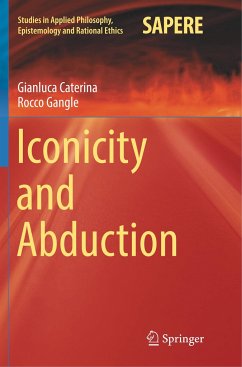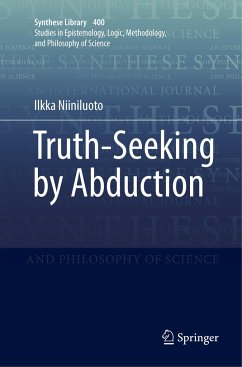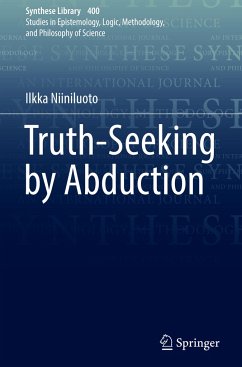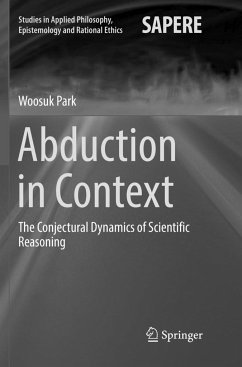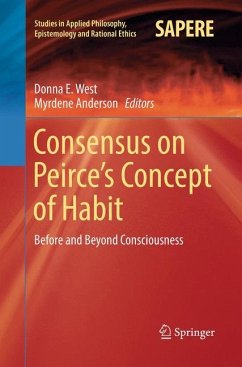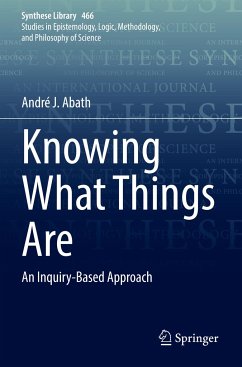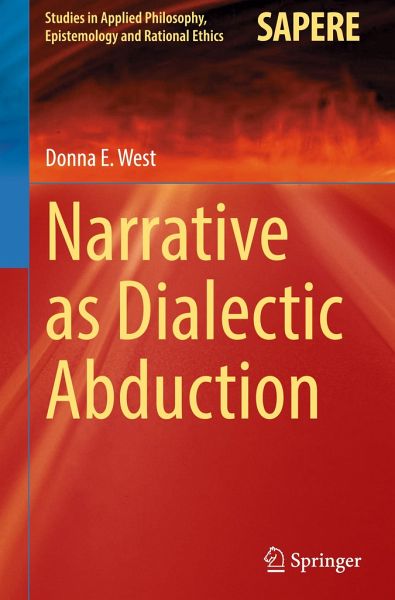
Narrative as Dialectic Abduction
Versandkostenfrei!
Versandfertig in 6-10 Tagen
76,99 €
inkl. MwSt.
Weitere Ausgaben:

PAYBACK Punkte
38 °P sammeln!
This book presents a fresh approach to the communicability of narratives, revealing the cognitive underpinnings of Charles Sanders Peirce's pragmatistic model. It demonstrates how abductive processes modify habits of belief and action in what Peirce refers to as double consciousness. Abductions generated during double consciousness paradigms have increased efficacy compared to instinctual abductions. Novel inferences from working memory become consciously integrated with existing long-term memory units which permits fuller consideration of the plausibility of propositions. Special attention is...
This book presents a fresh approach to the communicability of narratives, revealing the cognitive underpinnings of Charles Sanders Peirce's pragmatistic model. It demonstrates how abductive processes modify habits of belief and action in what Peirce refers to as double consciousness. Abductions generated during double consciousness paradigms have increased efficacy compared to instinctual abductions. Novel inferences from working memory become consciously integrated with existing long-term memory units which permits fuller consideration of the plausibility of propositions. Special attention is given to children's prelinguistic means to represent propositional or assertory conflicts, and to resolve these conflicts via listening and re-telling narrators' accounts. Overall, this book serves both a theoretical and applied purpose. It is intended to support innovative therapeutic interventions to facilitate the (re)construction of narratives by adults and children.Its practical applications and theoretical grounding will appeal to graduate students and scholars alike, who wish to examine narrative as an interdisciplinary enterprise-an ontological and cultural phenomenon (narration by way of action/image sequences), not just a literary/linguistic paradigm. Ultimately, this account presents narrative as a modal forum to resolve logical and practical conflicts, compelling the interpreter to become an involved partner in the narrated event itself.



